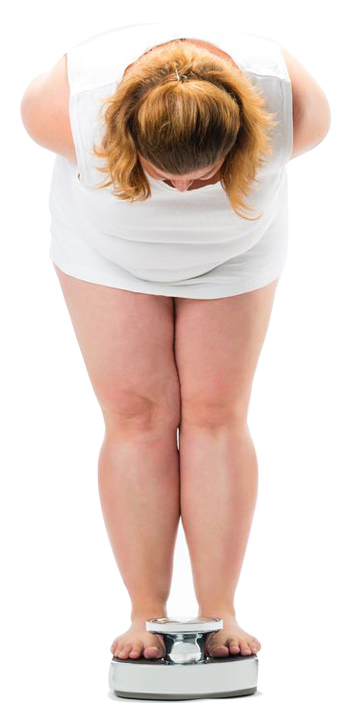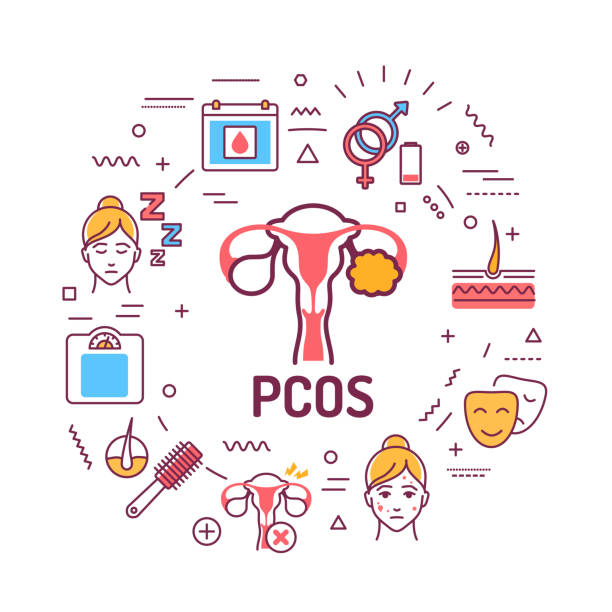
What are overweight and obesity?
Overweight and obesity are characterized by unusual or outrageous fat accumulation which may frustrate prosperity of the body and mind.
Body Mass Index(BMI) is a fundamental record of weight-for-height that is used to quantify the amount of muscle, fat, and bone in an individual, and then categorize that person as underweight, normal weight, overweight, or obese based on that value. It is calculated by dividing a person's weight in kilograms by the square of his stature in meters (kg/m2).
The WHO definition is:
- a BMI more than or equivalent to 25 is overweight
- a BMI more than or equivalent to 30 is overweight.
BMI gives the most helpful measure of overweight and corpulence as it is the same for both sexual orientations. Nevertheless, it should be seen as a brutal helper since it may not identify with a similar level of bloatedness in different individuals.
Facts about overweight and obesity
A few recent WHO worldwide studies report the following :
- In 2014, more than 1.9 billion adults above the age of 18, were overweight. Of these more than 600 million were stout.
- All things considered, around 13% of the world's grown-up people (11% of men and 15% of women) were stout in 2014.
- In 2014, 39% of adults above the age of 18 years (38% of men and 40% of women) were overweight.
- In 2013, 42 million youths under the age of 5 were overweight or heavy.
- The prevalence of obesity drastically increased somewhere around the years 1980 - 2014.
What causes obesity and overweight?
The basic explanation behind corpulence and overweight is the drastic disparity between the calories consumed and calories burned. Generally, there has been:
- Consumption of food and beverages rich in fat; and
- An increase in lack of physical exertion on account of the evident dormant nature of various sorts of work, rising urbanization and changing modes of transportation.
Overweight, obesity, and its related health problems are preventable to a large extent.
How can overweight and obesity be reduced?
- Reduction in the consumption of food and beverages rich in fats and sugars;
- Increased use of sustenances high in fiber, vegetables, whole grains, and nuts;
- Involve in physical activities that require a lot of exertion (an hour a day for children and 150 minutes every week for adults).
Medicines


POLYCYSTIC OVARY SYNDROME (PCOS) AND OBESITY
1. Up to 80 percent of women with PCOS are overweight or have obesity. The most common PCOS symptoms are:- Irregular periods. A lack of ovulation prevents the uterine lining from shedding every month. Some women with PCOS get fewer than eight periods a year or none at all. Heavy bleeding. The uterine lining builds up for a longer period of time, so the periods you do get can be heavier than normal, hair growth in face and acne .PCOS interrupts the normal menstrual cycle and makes it harder to get pregnant. Between 70 and 80 percent of women with PCOS have fertility problems .We have effective treatments for P.C.O.S and can improve chances of fertility (for more details see P.C.O.S page.
WHAT TO EXPECT FROM OUR PROGRAM?
Fast and safe weight reduction.
Enhanced muscle tone and body shape.
Substantial help in vitality levels.
Have a better control of sugar in case you are diabetic.
Diminish bad cholesterol and increase the good one.
Electrifying change when all the advises is followed.
Tom Nambis Ayurveda, the most famous ayurvedic hospital in Kerala will be happy to assist you in your journey towards fitness and living a healthier life.


Online Consultation
Online consultation for patients with Obesity PCOS can
E mail to –tomnambi22@gmail.com, or write your name, age, address with pin code, your phone number, what’s app number symptoms in a white paper, then what’s up message to 9947618385.Dr.Tom Nambi will reply and prescribe then payment through the GOOGLE PAY and will send medicines by India Post or by V.P.P.
